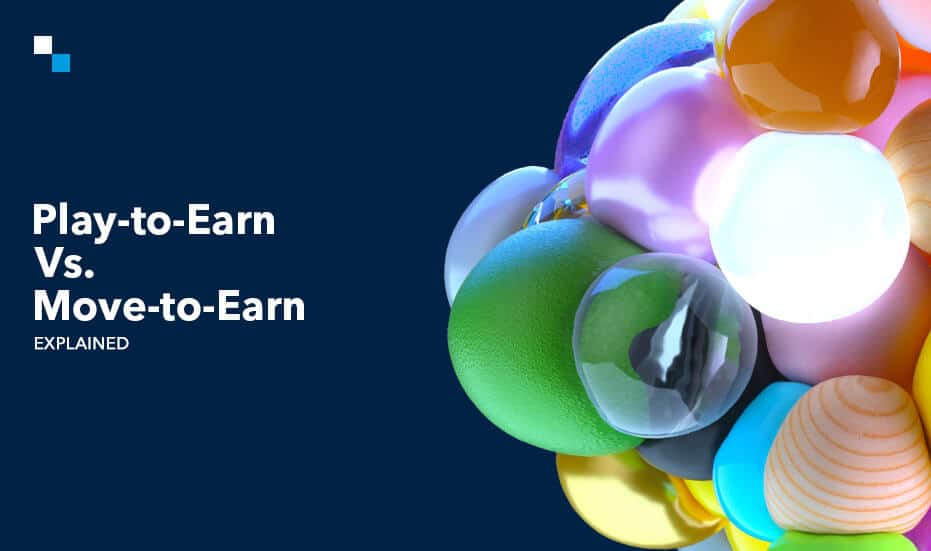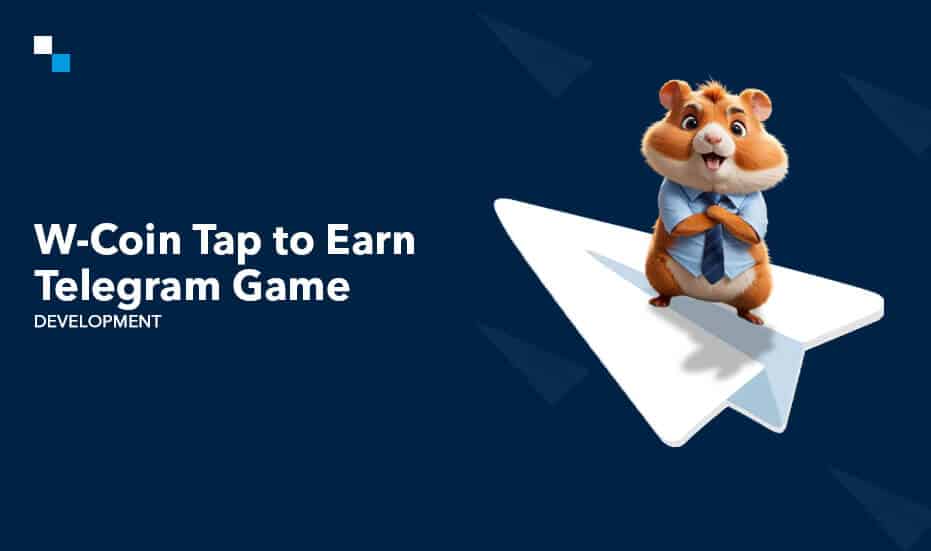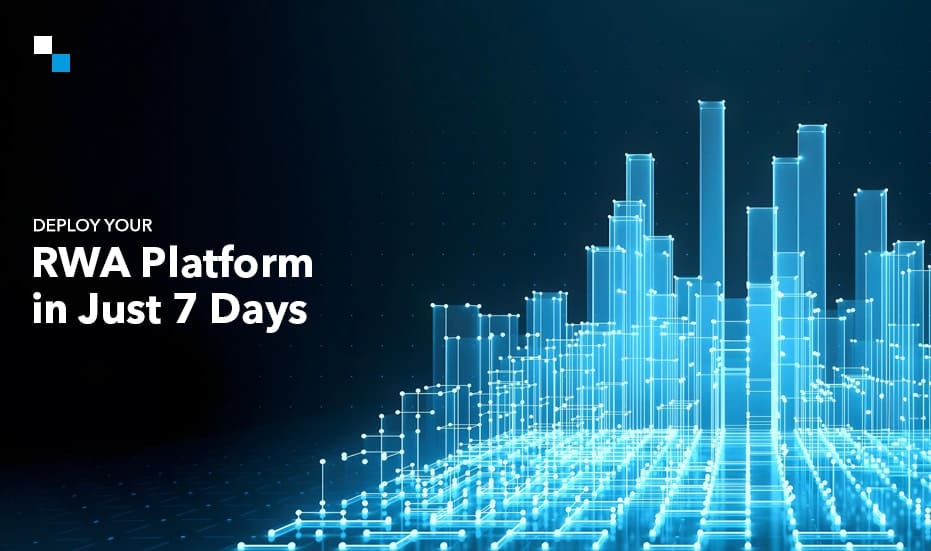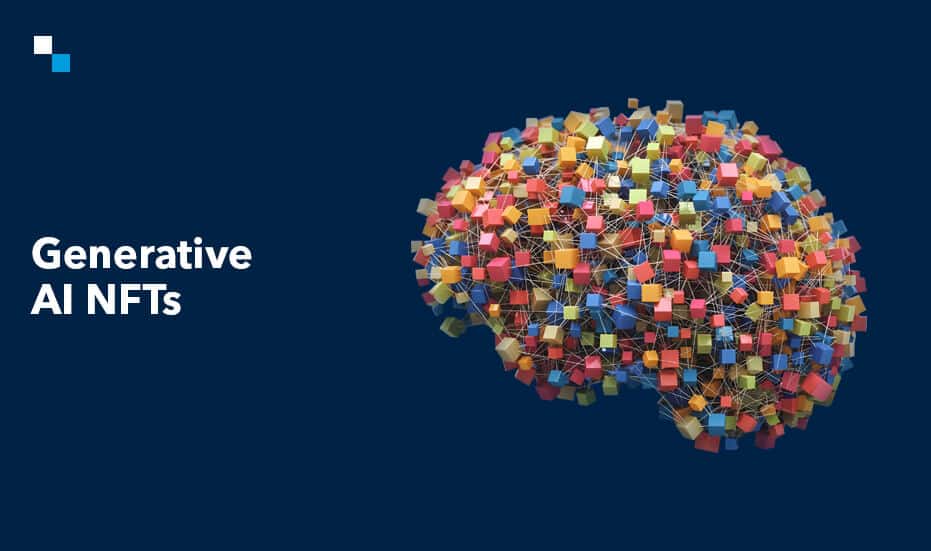
DeFi Protocols: The Architecture of a Decentralized Financial Revolution
May 21, 2024
Demystifying Bitcoin Taproot Upgrade: A Comprehensive Guide
May 21, 2024The worlds of gaming and cryptocurrency have merged in recent years, giving rise to two innovative models that are redefining how we perceive entertainment and physical activity. On one hand, we have play-to-earn (P2E) games, which leverage blockchain technology to allow players to earn digital assets and cryptocurrencies through gameplay. On the other, the move-to-earn (M2E) paradigm incentivizes physical movement and exercise by rewarding users with crypto tokens for activities like walking, running, or working out.
As these novel concepts continue to gain traction, they present a fascinating differentiation – one rooted in the virtual world of gaming, and the other grounded in the virtual world of physical fitness. Yet, at their core, both play to earn game development and move to earn game development share a common goal: to revolutionize the way we approach leisure, health, and financial incentives.
In this article, we will explore the difference between P2E and M2E games.
What are Play-to-Earn Games?
Leveraging the power of blockchain technology, play-to-earn (P2E) seamlessly integrates gaming with the benefits of cryptocurrencies. Gaming is no longer a means of relaxation and entertainment. In fact, it now presents an opportunity to earn money while indulging in your favorite virtual worlds.
At the core of this revolution lies the ability to play on a blockchain network, where participants can earn crypto tokens or non-fungible tokens (NFTs) as rewards for their gaming venture. This innovative approach transforms the gaming experience into a potentially lucrative endeavor, blurring the lines between leisure and financial gain.
One of the remarkable aspects of P2E is that it democratizes the earning potential within in-game economies and business models. Unlike traditional gaming, where expensive NFT investments were often a prerequisite for participation, P2E opens the doors for anyone to engage and potentially earn crypto rewards through their skills and dedication.
As the GameFi ecosystem continues to evolve, play to earn game development will enable boundless possibilities that will combine human ingenuity and creativity. It promises to redefine the way we perceive gaming, offering a unique combination of entertainment, financial incentives, and decentralized economies.
Examples of Play-to-Earn Games
When it comes to play-to-earn games, the market has witnessed several pioneering projects. Among these include the most popular games like Axie Infinity, Aavegotchi, and The Sandbox.
Axie Infinity, built on the Ethereum blockchain, has gained widespread recognition and adoption for its seamless integration of video gaming and blockchain gameplay elements. During its economic heyday, the NFT marketplace within Axie Infinity witnessed a remarkable surge, with millions of dollars worth of transactions taking place as players eagerly traded and acquired the magical creatures known as Axies, some fetching prices in the thousands.
Aavegotchi, another notable play to earn game development company that created an open-source, community-owned NFT gaming protocol. It allows players to embark on adventures as pixelated ghosts, evoking nostalgia for the beloved Tamagotchi games of yesteryear. In this virtual realm, users can earn tokens through engaging minigames, trade Aavegotchis, or indulge in rarity farming, thereby unlocking new avenues for earning and collecting.
The Sandbox, a metaverse-inspired platform, offers its users a unique and immersive gaming experience that provides a glimpse into the future of virtual worlds. It allows players to explore, create, build, and truly own their digital assets within this captivating environment. While indulging in the immersive experience, users can monetize their gameplay by creating, investing, and earning in-game assets, blurring the lines between entertainment and financial opportunity.
These pioneering projects exemplify the boundless potential of play to earn game development.

What are Move-to-Earn games?
During the height of the COVID-19 pandemic, when most of the people were confined to their homes and sedentary lifestyles, a revolutionary concept emerged: Move-to-Earn (M2E). This innovative approach aimed to incentivize individuals to prioritize physical activity and movement, leveraging the power of technology and cryptocurrency rewards.
M2E provided a unique solution by combining fitness goals with the opportunity of earning digital assets. With every step taken, every movement tracked, users were rewarded with cryptocurrency, creating a powerful motivation to break free from the confines of inactivity.
As the world continues to recover from the pandemic’s impact, the potential of M2E extends far beyond its initial surge. This concept holds the promise of transforming into a broader “FitnessFi” ecosystem, where fitness and finance converge in unprecedented ways. With people’s heightened awareness of the importance of maintaining a healthy lifestyle, coupled with the growing adoption of decentralized technologies, M2E games are driving a shift in how we approach physical activity and its associated rewards.
The rise of Move-to-Earn games represents a remarkable combination of technology, health, and financial incentives. As this trend continues to evolve, it holds the potential to reshape the way we perceive and approach fitness, creating a future where every step taken is not only a stride towards better health but also a step towards financial empowerment.
Examples of Move-to-Earn Games
Like play to earn game development, move-to-earn games have gained immense popularity and adoption worldwide. One of the most prominent examples in the M2E space is STEPN (GMT), a Solana-based project that has gained widespread acclaim. STEPN is a Web3 lifestyle app that seamlessly integrates SocialFi and GameFi functions, with a mission to empower users to become healthier and wealthier, one step at a time. The game has already been recognized with a win at the prestigious Solana Ignition Hackathon in 2021.
To embark on their STEPN journey, users must invest in a pair of STEPN sneakers by acquiring an NFT. Once this initial step is accomplished, users can track their steps using GPS technology, earning in-game currency that can be exchanged for cryptocurrencies. By participating in STEPN, users can create a tangible incentive for staying active.
Another notable project in the M2E domain is Sweatcoin, which operates on a similar principle of rewarding users for their physical activity. With the slogan “It pays to walk,” Sweatcoin aims to combat the staggering costs associated with healthcare by encouraging people to adopt healthier lifestyles. The game has its native currency, called SWEAT, which users can earn for every 1,000 steps they take. This SWEAT currency can be redeemed for products, donated to charitable causes, or converted into other currencies.
MetaGym is another project that offers an easy entry point into the M2E ecosystem. MetaGym enables users to earn money while engaging in physical activities. Participants can utilize GameFi, FitFi, and SleepFi functions and earn MetaGym Coin (MGCN) by completing tasks such as cardio or strength training, or even by getting a good night’s sleep.
MetaGym’s mission is to contribute to a healthier world while providing users with the opportunity to earn cryptocurrencies along the way.
To Sum Up
While play to earn game development enables users to earn money with gaming, move to earn games empower users to earn money by moving their bodies. Play to earn games are performance-based whereas move to earn games are effort-based.
Both these games have gained significant adoption and they unlock a revenue model that enables players to earn passive income.



